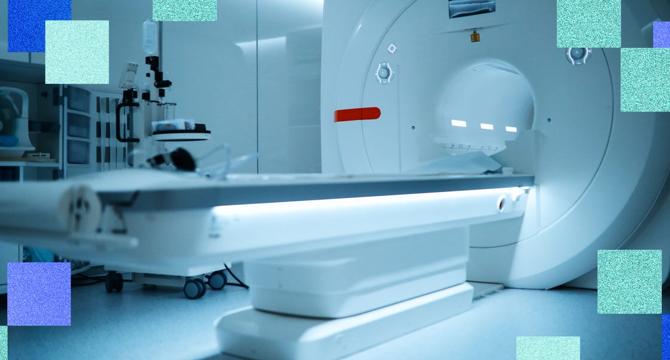Insider
1d
253

Image Credit: Insider
AI isn't replacing radiologists. Instead, they're using it to tackle time-sucking administrative tasks.
- Generative AI is being integrated into radiology to assist with non-clinical tasks as radiologists harness its capabilities to tackle labor-intensive administrative duties.
- Radiology, known for image analysis and pattern recognition, is at the forefront of adopting AI technologies, even though past predictions suggested AI would replace radiologists.
- The field of radiology, which heavily depends on digital images, is evolving with the integration of generative AI tools into workflows to enhance productivity and address workforce challenges.
- Regulatory challenges hinder the broader adoption of generative AI in radiology, as stringent standards need to be met, particularly for tools that analyze and interpret medical images.
- Despite regulatory hurdles, generative AI is proving useful for radiologists by automating note-taking, report drafting, and patient communication, allowing them to focus on image interpretation and complex case diagnosis.
- Collaborations between companies like Bayer and Rad AI aim to leverage generative AI solutions to streamline reporting processes for radiologists, emphasizing efficiency and improved workflow.
- Challenges in training generative AI models for radiology lie in the limited availability of training data compared to other industries, as well as the significant computational resources required for large-scale model development.
- While generative AI faces obstacles in meeting regulatory standards and scale in the medical field, its implementation in radiology for administrative tasks signifies a shift towards enhancing radiologists' productivity and workflow efficiency.
- Dr. Curt Langlotz predicts a significant change in radiologists' day-to-day work within the next five years due to the increasing adoption of AI technologies in the field.
- Generative AI is poised to revolutionize radiology by assisting radiologists in optimizing their workflows and improving patient care, without replacing the essential role of radiologists in clinical decision-making.
Read Full Article
15 Likes
For uninterrupted reading, download the app